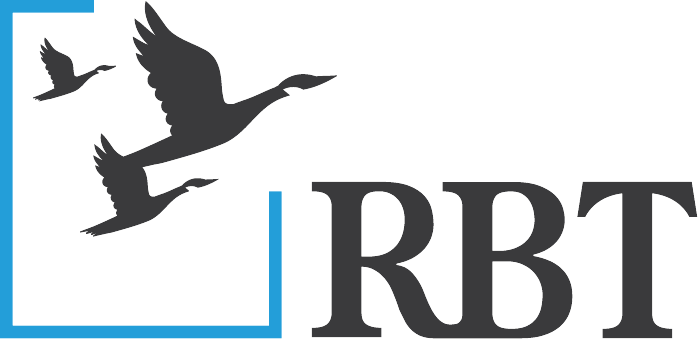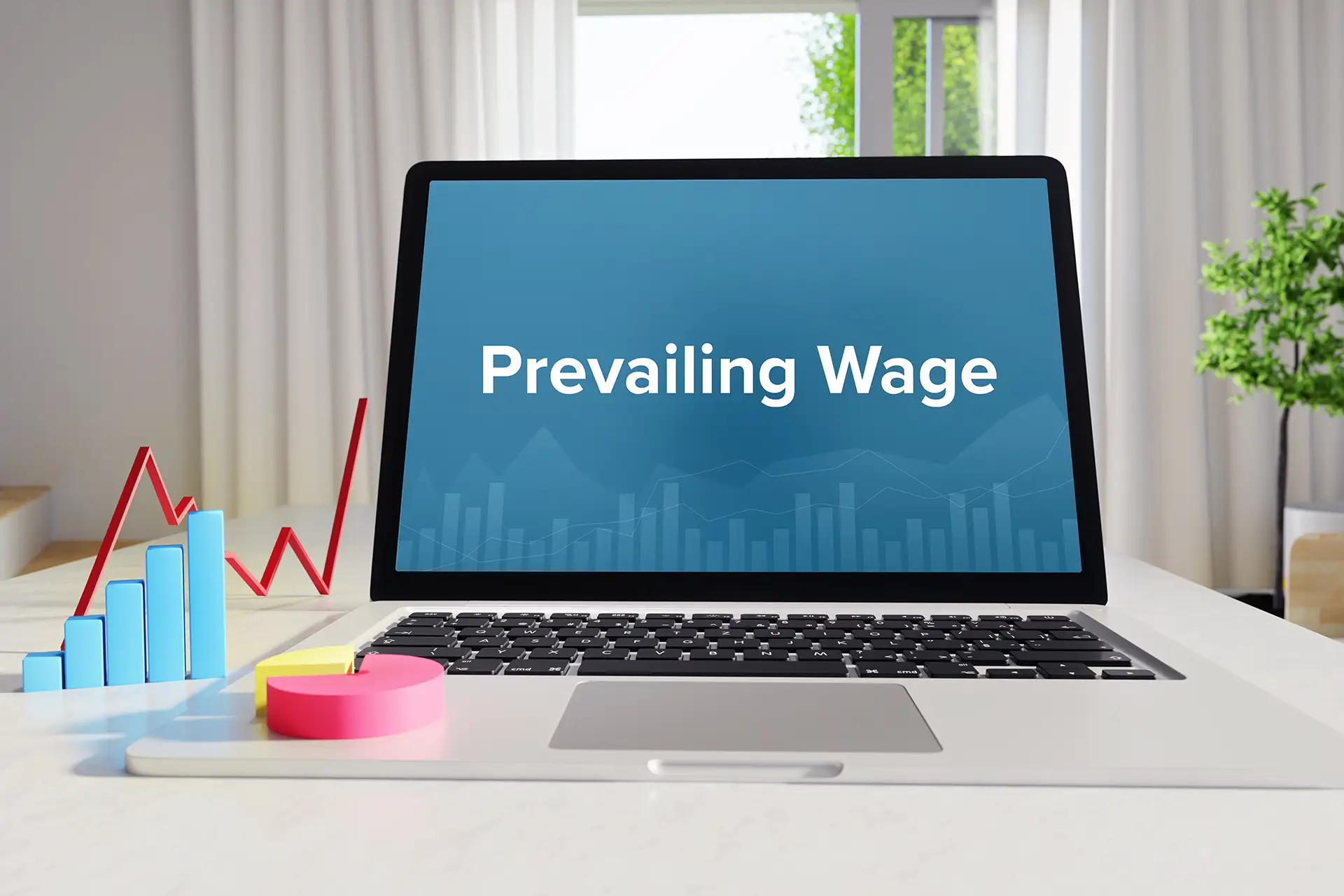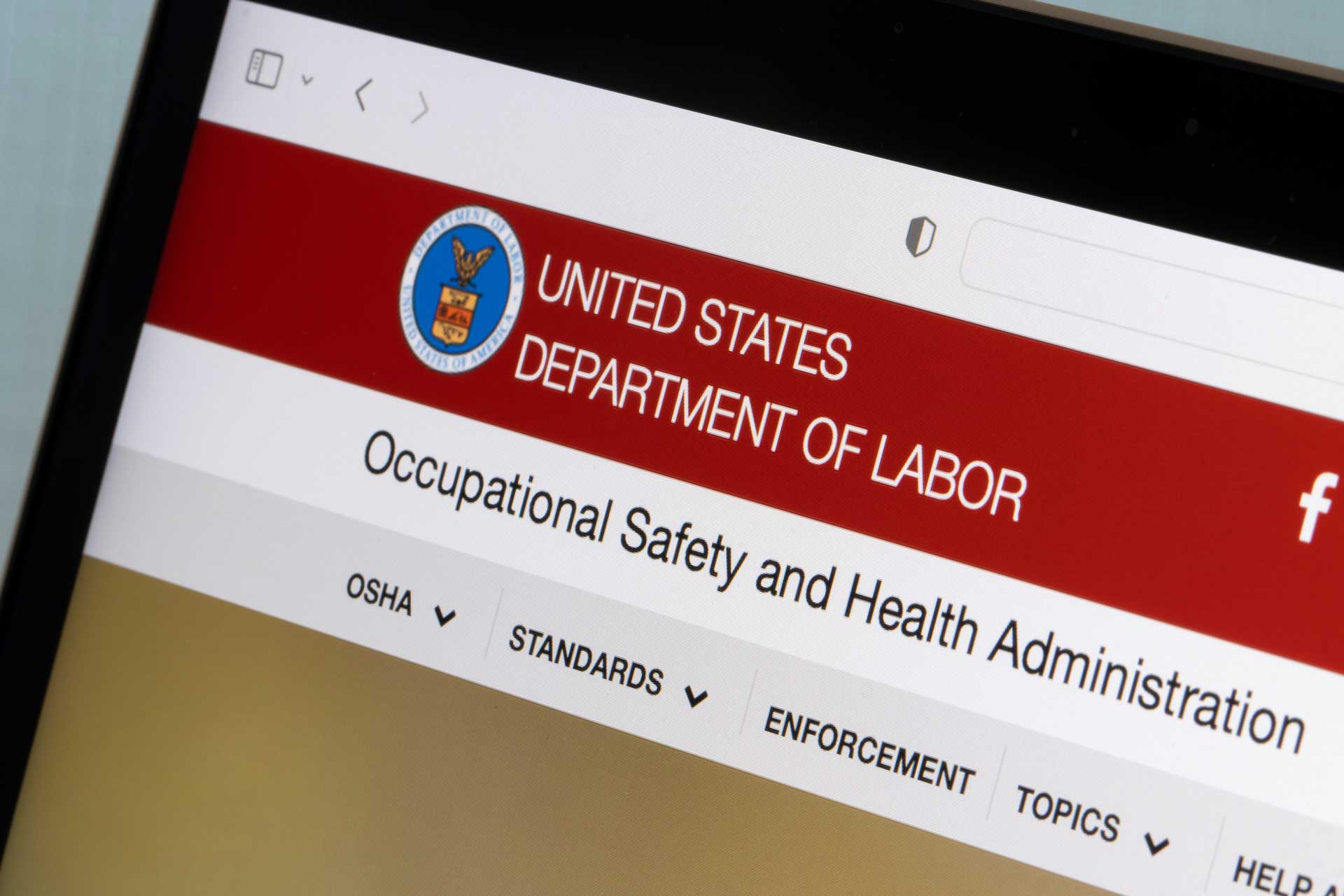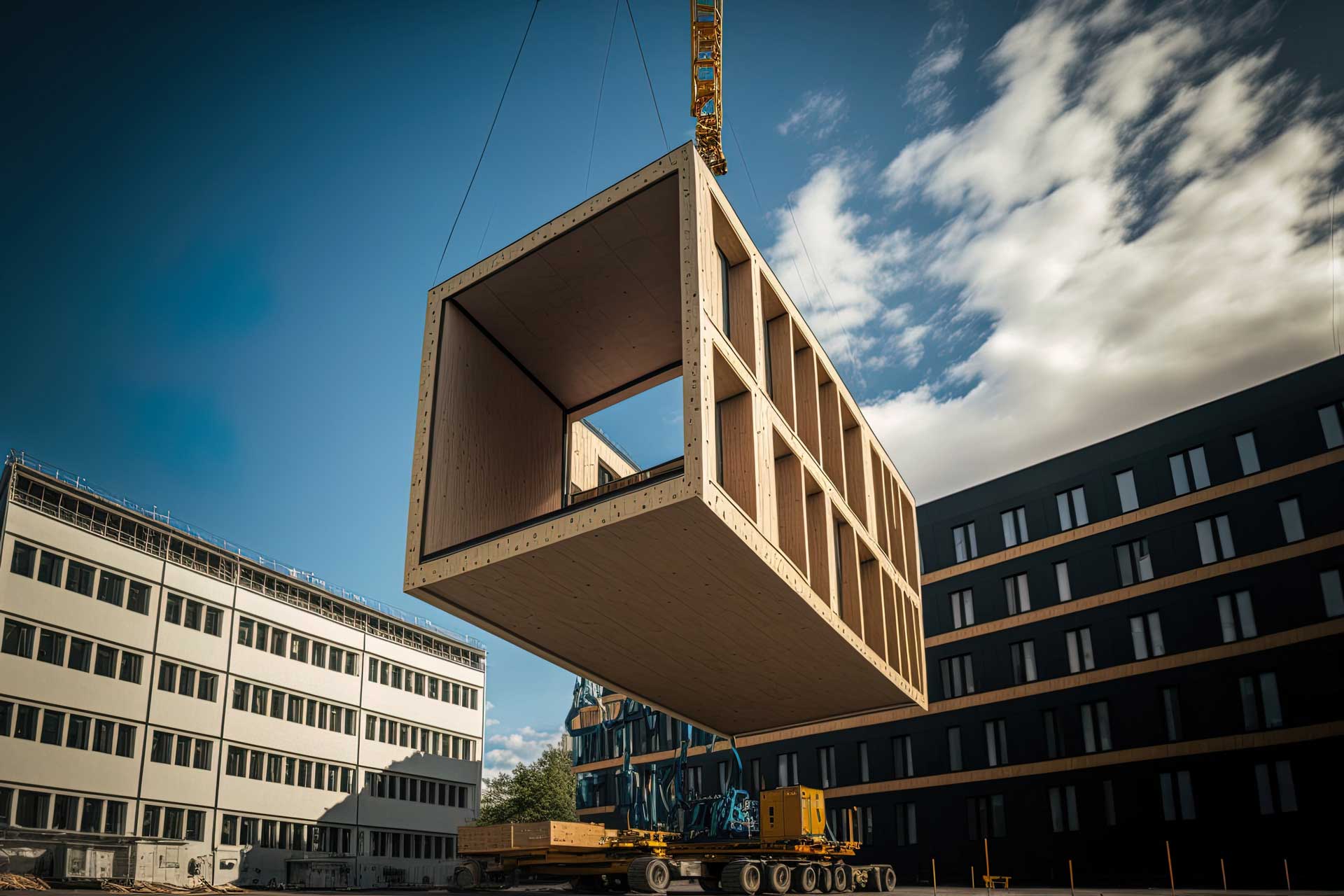The United States’ economic landscape has seen a great deal of change over the last few months since the arrival of the new administration. One of the most widely discussed and debated acts by the White House has been the enactment of significant tariffs on imported goods. The impact of the new trade policies can already be seen in the construction industry, taking the form of rising material costs and supply chain disruptions. The construction industry may be hit hard by the new tariff policies, but there are ways for contractors to prepare for the changing trade situation and remain resilient despite logistical challenges.
Since January, the U.S. has announced tariffs on goods imported from Canada, Mexico, and China. The U.S. has also reinstated a 25 percent tariff on steel imports and increased the tariff on aluminum imports to 25 percent. Several countries have responded to these measures with retaliatory tariffs on U.S. goods. The newly imposed tariffs will likely impact the construction industry in significant ways, with some effects already taking hold.
The most obvious impact of the tariffs is the likelihood of increased material costs. According to the National Association of Home Builders (NAHB), “approximately 7% of all goods used in new residential construction originate from a foreign nation.” Costs of certain materials began rising even before the new tariffs took effect, due to widespread anticipation of the new trade policies. Materials impacted by the recent tariffs include lumber, gypsum, steel, iron, aluminum, and cement.
Increased material costs could force contractors to either absorb the additional costs or pass them on to their customers. Contractors with fixed or maximum price contracts may be unable to pass increased costs onto customers, forced instead to take the financial hit themselves. Cost increases and escalating tensions with trading partners may also impact supply chains, leading to potential disruptions, delays, and/or shortages. These disruptions could in turn lead to delays in project deadlines, and uncertainty surrounding future material costs may lead to difficulty estimating project costs.
The current uncertainty surrounding the tariffs and retaliatory measures by other countries makes it hard to predict the full effect of these policy changes. However, there are ways contractors can prepare for the impact of tariffs. Business owners should identify which of their sources and materials will be affected and assess the potential cost impact of the new tariff rates. To offset higher material costs, contractors may consider raising prices strategically while maintaining transparency with clients.
To avoid the new tariffs altogether, businesses may consider alternative sourcing, domestic suppliers, and the use of alternative building materials. Diversifying suppliers helps to strengthen the resilience of supply chains against unpredictable events and circumstances. Contractors should also meet with their legal counsel to review their contracts and contract language. Fixed-price contracts present financial risk for contractors, especially during uncertain economic times. Business owners, under the guidance of their attorneys, might consider adjusting contract language to include protective clauses such as price escalation clauses and change-in-law clauses. These clauses help to protect businesses from factors outside of their control, such as unexpected changes in material costs and law changes.
Lastly, contractors should stay informed of the latest tariff developments, as the situation is developing rapidly. The new tariffs may present significant challenges to the construction industry in the coming years, but U.S. businesses can weather the storm of changing trade policies by rethinking their sourcing, improving supply chain resilience, and innovating their business strategies. Planning ahead with financial and legal advisors—and adjusting your business strategies accordingly—will help to minimize the risk of disruption to your operations in the face of the new tariffs.










